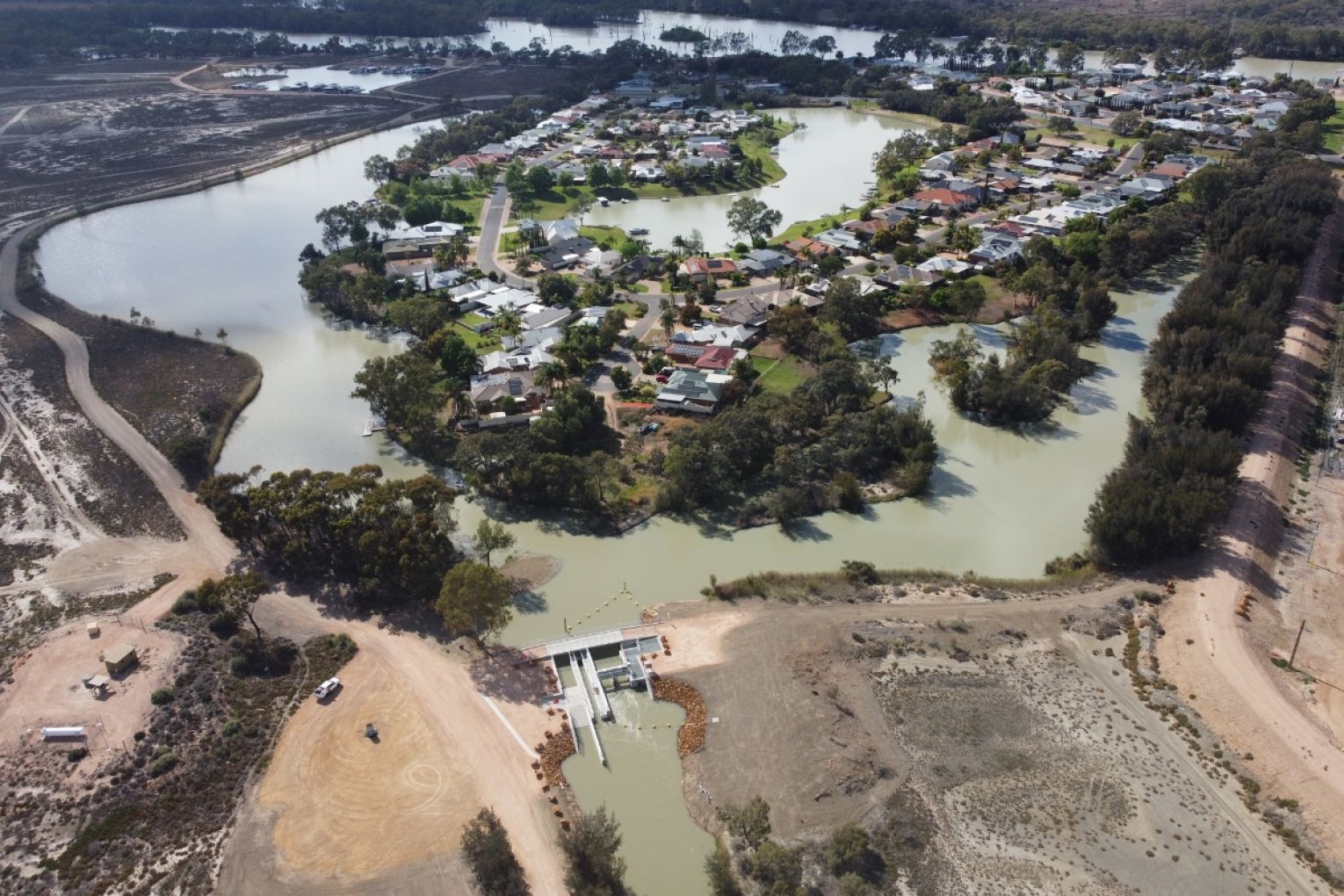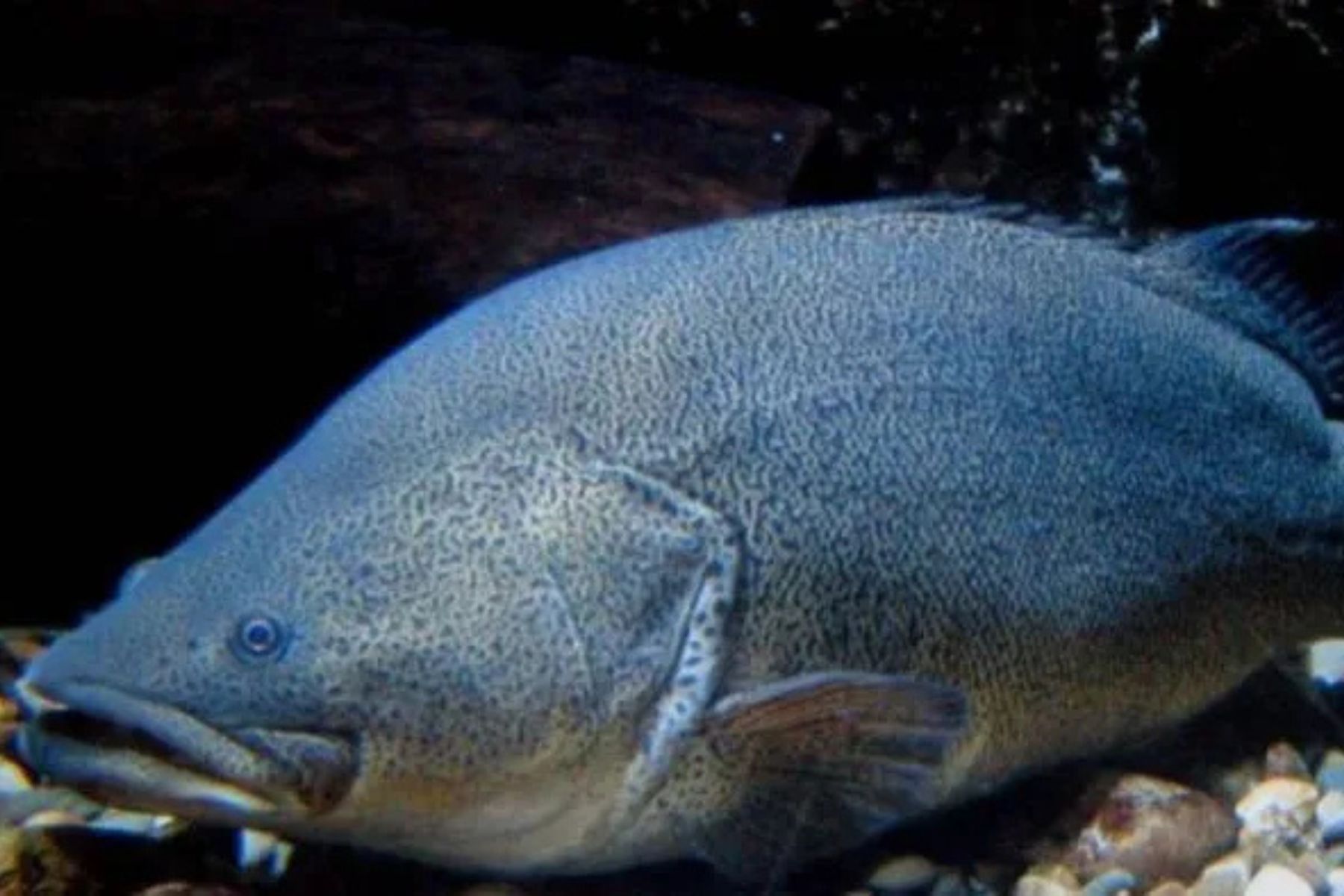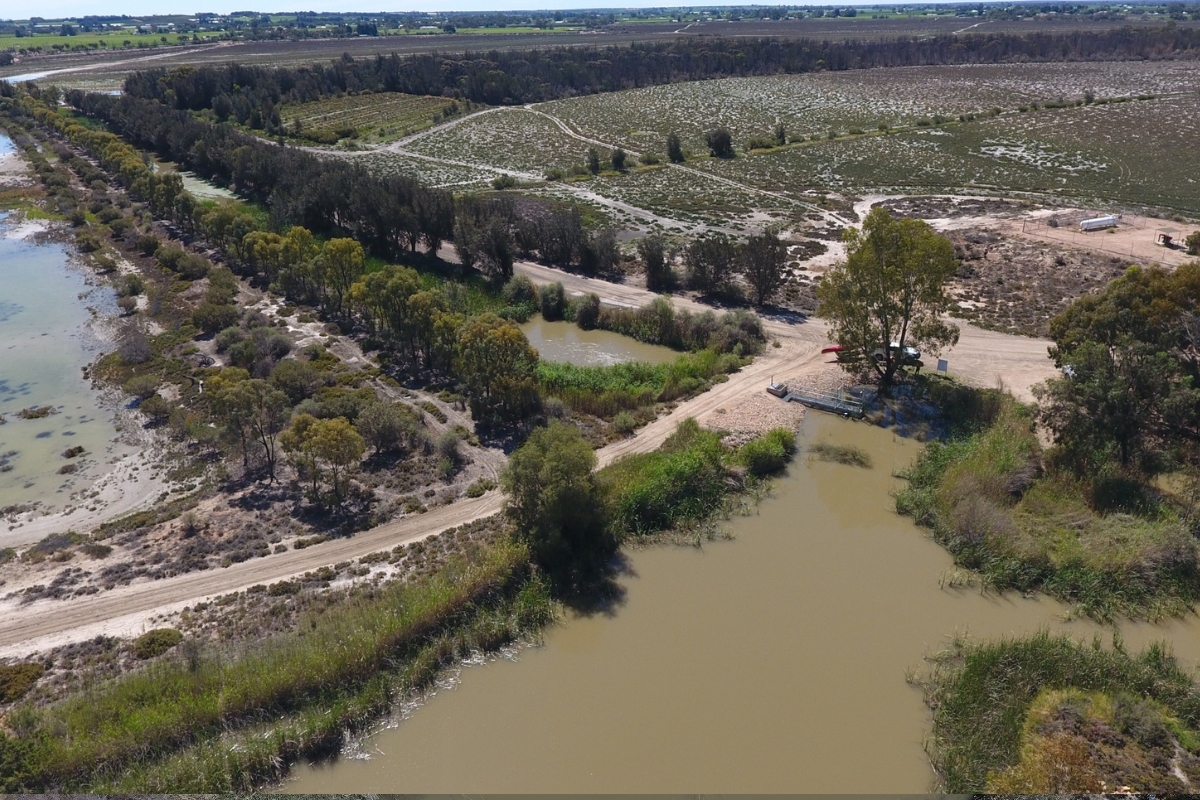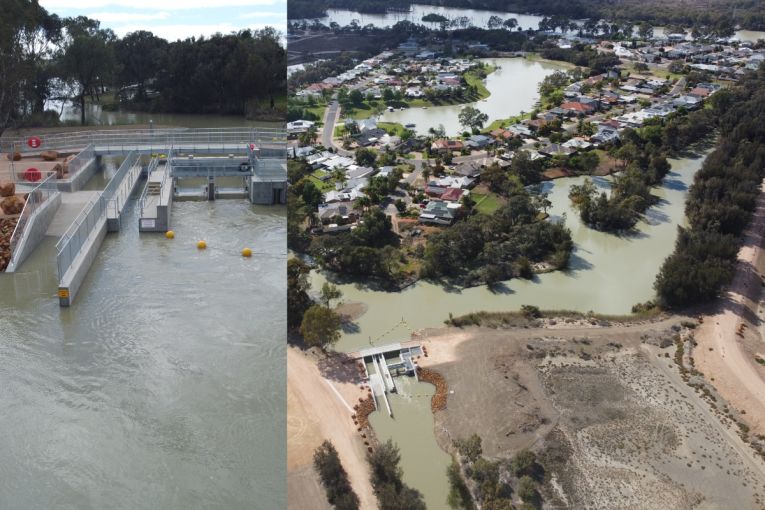Murray cod and turtles set free in multimillion-dollar fix
Turtles and prized Murray Cod can finally travel upstream in a vital South Australian creek system stretching more than 10km. See the before and after pictures.

A new regulator, dubbed by the Federal Environment Minister Murray Watt as nation-leading design, has boosted water flow by five times through the 10km-long Bookmark Creek in the Riverland.
It has a fishway that allows turtles and native fish, like the Murray cod, to travel between the creek and the nearby River Murray “both upstream and downstream for the first time in decades”.
“This project is a great example of how water infrastructure can benefit the environment and the community – turtles and native fish can travel upstream and downstream for the first time in decades, and canoeists and kayakers can easily paddle the entire creek,” Watt said.

Bookmark Creek is one of three SA locations identified as ecologically important for restoration under the $37.6m Sustaining Riverland Environments program.
The project included building a new regulator, canoe channel and pedestrian access bridge for the watercourse that bypasses 13km of the main River Murray channel and Lock Five.


Sections of the creek channel had been redeveloped with plans to revegetate other areas along its banks, and followed the building of a new modular, pre-cast concrete bridge at nearby Nelwart Street in April.
Stay informed, daily
This bridge spanned the creek and had improved water flow and fish passage, in the program funded by the federal government, Murray-Darling Basin Authority and delivered by the state government.
State Environment and Water Minister Lucy Hood said the innovative design was expected to bring environmental, social and economic benefits and increased flows that were “vital to the native fish and other species in the area”.
When Lock Five was built in 1927, it led to permanent inundation of the inlet and meant the creek was used as a reservoir to supply irrigation water and later as an irrigation disposal basin – adversely impacting ecological values and leading to environmental degradation.
Fulton Hogan Constructions started work on the inlet regulator and bridge in October last year.









